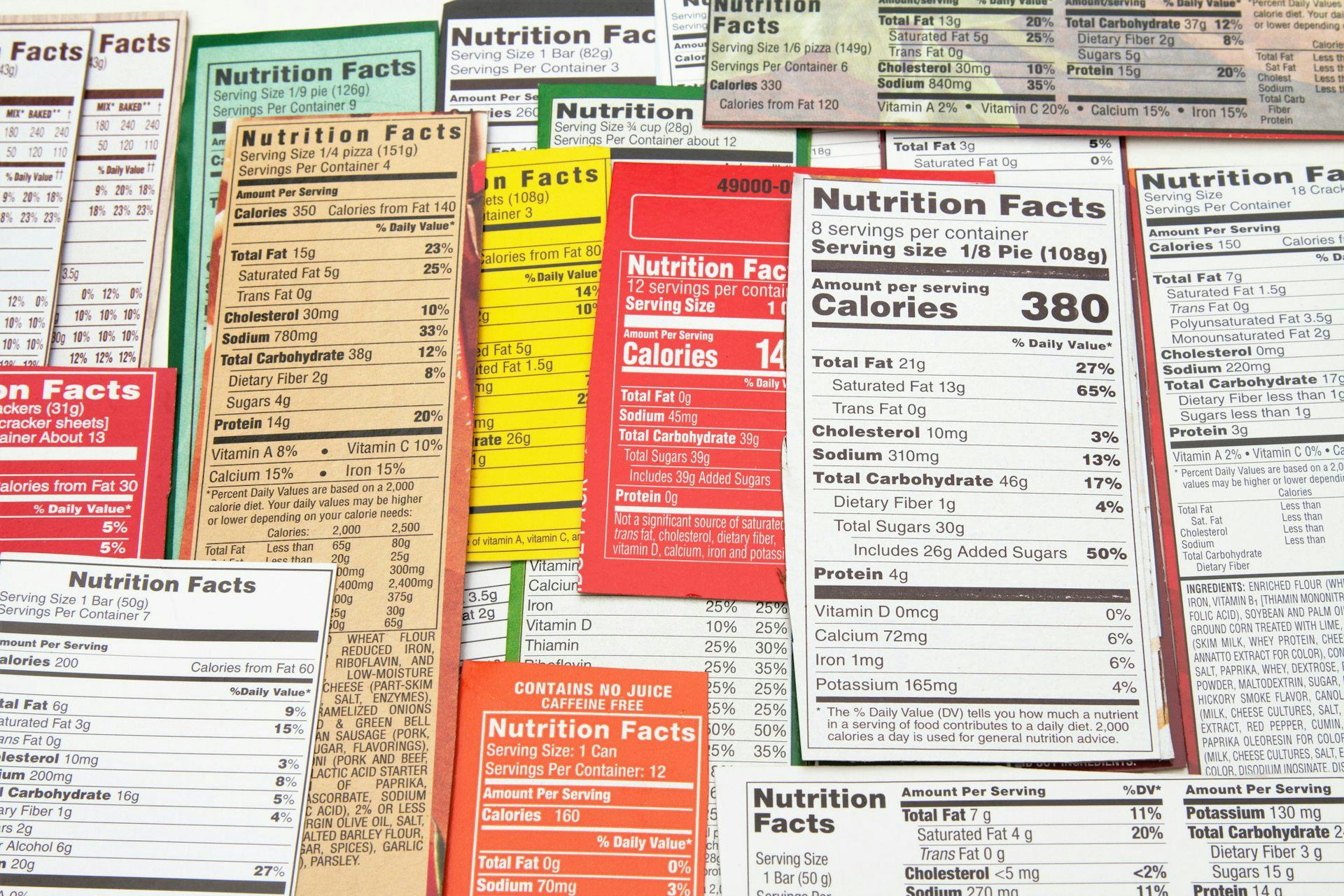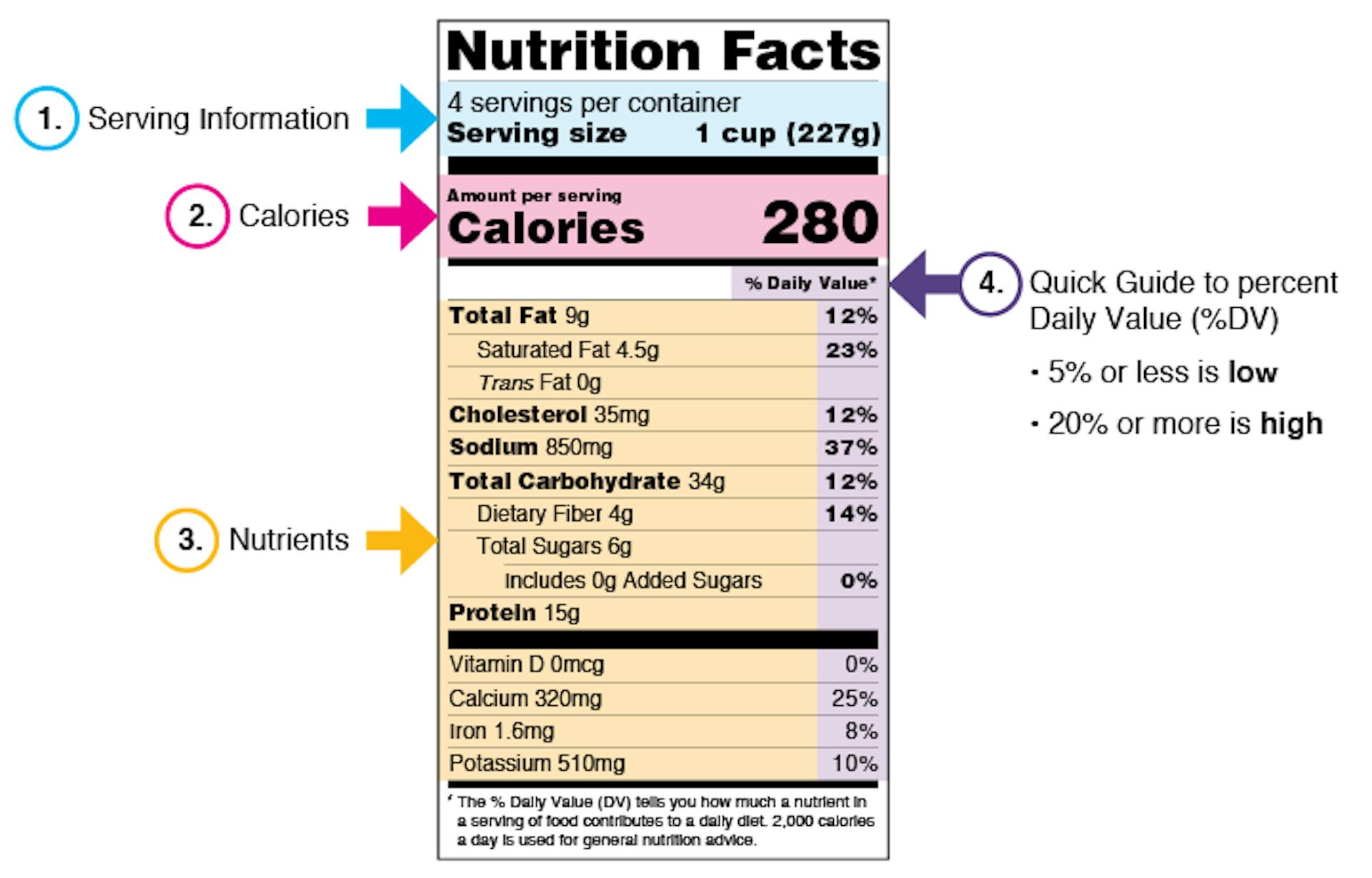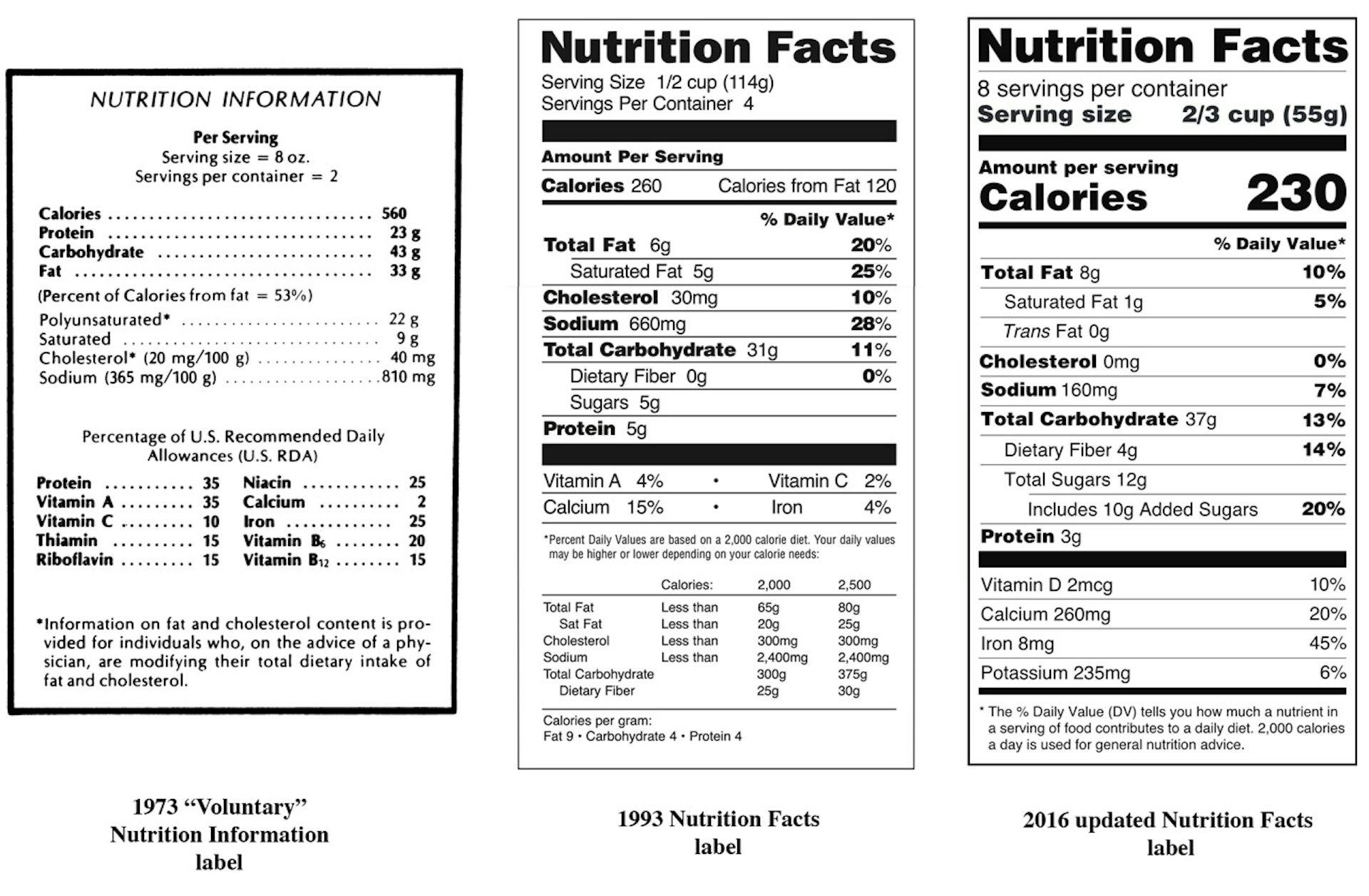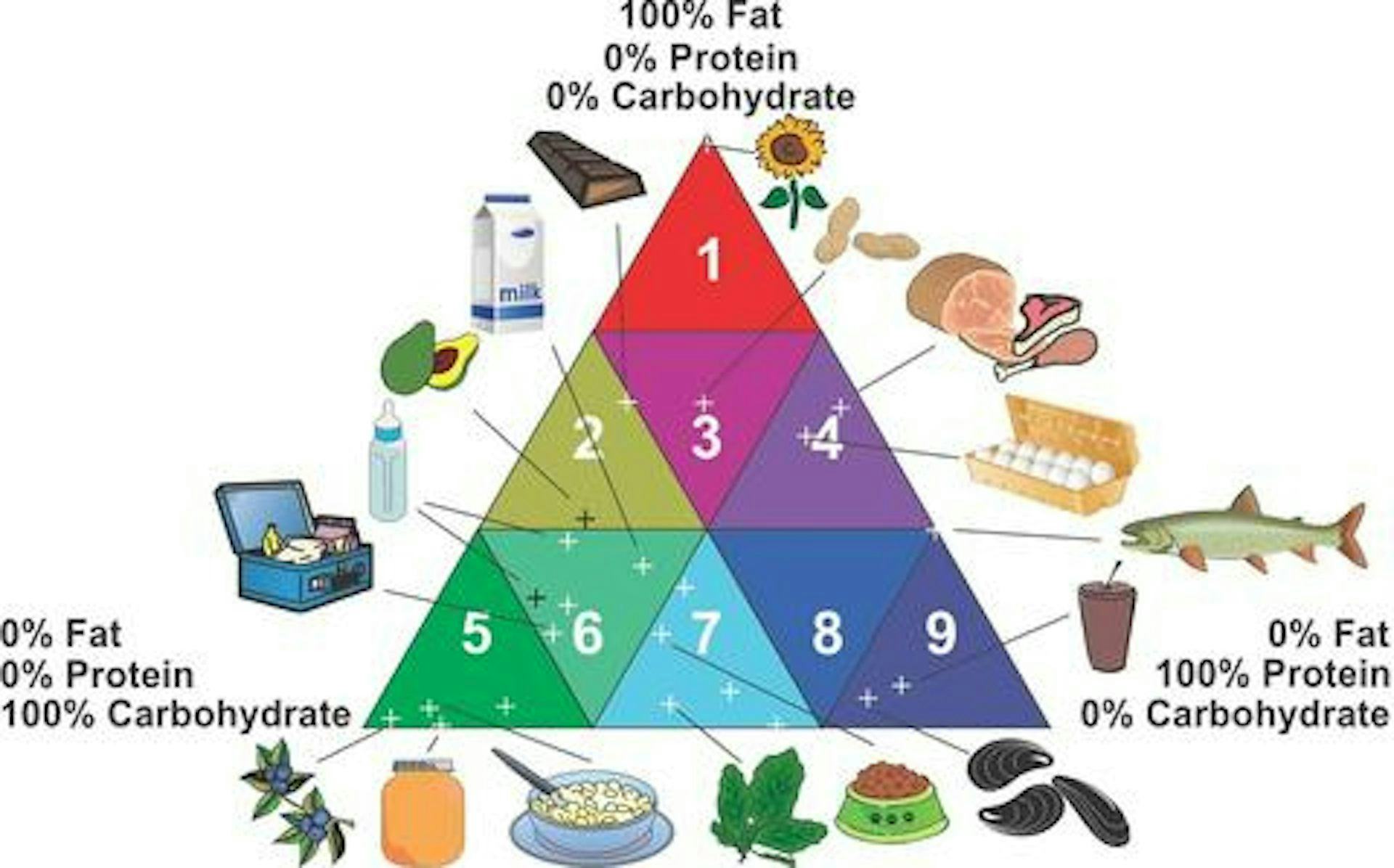
The Nutrition Facts label, that black and white information box found on nearly every packaged food product in the U.S. since 1994, has recently become an icon for consumer transparency.
From Apple’s “Privacy Nutrition Labels” that disclose how smartphone apps handle user data to a “Garment Facts” label that standardizes ethical disclosures on clothing, policy advocates across industries invoke “Nutrition Facts” as a model for empowering consumers and enabling socially responsible markets. They argue that intuitive information fixes could solve a wide range of market-driven social ills.
Yet this familiar, everyday product label actually has a complicated legacy.
I studied food regulation and diet culture and became interested in the Nutrition Facts label while researching the history of Food and Drug Administration policies on food standards and labeling. In 1990, Congress passed the Nutrition Labeling and Education Act, mandating nutrition labels on all packaged foods to help address growing concerns about rising rates of chronic illnesses linked to unhealthy diets. The FDA introduced its “Nutrition Facts” panel in 1993 as a public health tool that empowered consumers to make healthier choices.
The most obvious purpose of the Nutrition Facts label is for consumers to learn the nutritional properties of a food. In practice, however, this label has done much more than simply inform shoppers. It also encodes a wide range of political and technical compromises about how to translate food into nutrients that meet the diverse needs of the American public.
Where do “% Daily Values” come from?
The daily value, or DV, percentages on the label don’t all come from the same source. This is a reflection of differing public health targets for the label.
Recommended values for micronutrients like vitamins are based on Recommended Dietary Allowances, or RDAs, from the National Academies of Sciences Engineering and Medicine. Vitamin RDAs were developed out of historical concerns with undernourishment and meeting minimum needs.
Daily value percentages for macronutrients – carbs, fats and proteins – are based on U.S. Department of Agriculture Dietary Guidelines. DVs for macronutrients registered a new concern about overeating and a focus on “negative nutrition,” encouraging maximum intake levels.
DVs reflect two fundamentally different causes for concern. The numbers for micronutrients represent a floor: the basic minimum vitamin needs a child should meet to avoid malnutrition. The numbers for macronutrients, on the other hand, are a ceiling: a target maximum limit that adults should avoid surpassing if they want to prevent future health problems caused by eating too much high-sodium or fatty food.

Why 2,000 calories?
The FDA used almost 2,350 calories as the baseline for calculating daily values because it was the recommended population-adjusted average caloric need for Americans ages four and older. However, after pushback from health groups concerned that the higher baseline would encourage overconsumption, the FDA settled on 2,000 calories.
FDA officials felt this figure was less likely to be “misconstrued as an individualized goal since a round number has less implied specificity.” This means that 2,000 calories is not actually a target for most American consumers who read the label. Instead, it is an example of the public health preoccupation with collective risk – what one scientist called “treating sick populations, not sick individuals.”
By choosing a round number that was easy to do math with and a calorie count below the average American’s, FDA officials were favoring practicality and utility over accuracy and objectivity. Advocating for the lower 2,000-calorie baseline, they reasoned, would offset Americans’ tendency to overeat and do more good than harm for the population overall.
Who determines serving sizes?
According to the Nutrition Labeling and Education Act of 1990, serving sizes should reflect “an amount customarily used.”
In practice, this involves routine negotiations between the FDA, the U.S. Department of Agriculture – which also sets serving sizes for dietary guidance tools like the MyPlate – and food manufacturers. Each conducts research on consumer expectations and food consumption data, taking into consideration how food is prepared and “typically eaten.”
Serving sizes are also determined by product packaging. For example, a soda can is generally considered a single-serving container and, therefore, just one serving, regardless of how many fluid ounces it contains.

What’s in a name?
The label was almost called “Nutrition Values” or “Nutrition Guide” to highlight that Daily Values were recommendations. Then FDA Deputy Commissioner Mike Taylor proposed “Nutrition Facts” to sound more legally neutral and scientifically objective.
The new design – a staid, black Helvetica text against a white background, using indented subgroups and hairlines for readability – and the authoritative boldface title helped establish “Nutrition Facts” as an easily recognized government brand.
This led to imitators in other policy arenas: first “Drug Facts” for over-the-counter medicines, then consumer protection initiatives in various tech industries, such as Federal Communications Commission “Broadband Facts” and “AI Nutrition Facts.”
The Nutrition Facts panel has remained largely consistent since the 1990s, despite some updates like adding lines for trans fats in 2002 and for added sugars in 2016 to reflect evolving public health priorities.
New ways to calculate the facts
Establishing the Nutrition Facts label required building an entirely new technical infrastructure for nutrition information. Translating the diverse American diet into a consistent set of standardized nutrients necessitated new measures, testing procedures and standard references.

A key player in developing that technical infrastructure was the Association of Official Analytical Chemists. In the early 1990s, an AOAC Task Force developed a food triangle matrix dividing foods into categories based on their proportions of carbs, fats, and protein. The intention was to determine appropriate ways to measure nutritional properties like the amount of calories or sugars, as the food’s physical properties would affect how well each test worked.
Legacy of the Nutrition Facts label
Today, public-private collaborations have taken this translation of foods into simplified nutrient profiles further by making nutrition facts plug-and-play. The USDA FoodData Central provides a comprehensive database of nutrient profiles for individual ingredients that manufacturers use to calculate Nutrition Facts for new packaged foods. This database also powers many diet and nutrition apps.
The analytic tools developed for the Nutrition Facts label helped create the basic information infrastructure for today’s digital diet platforms. But critics argue these databases reinforce an overly reductionist view of food as simply the sum of its nutrients, ignoring how the different forms a food takes – such as its moisture, fibrous materials, or porous structures – affect the way the body metabolizes nutrients.
Indeed, many nutrition researchers concerned about the negative health effects of ultra-processed foods now talk of a food matrix to emphasize precisely the opposite of what the AOAC sought with its food triangle: a need for a holistic understanding of how food shapes health.
Surprisingly, the Nutrition Facts label’s greatest impact may have been driving the food industry to reformulate products to achieve appealing nutrient profiles – even if consumers weren’t closely reading the labels. While envisioned as an education tool, I believe the Nutrition Facts label in practice has worked more like a market infrastructure, reshaping the food supply to meet shifting dietary trends and public health goals long before consumers find those foods at the supermarket.
This article was originally published on The Conversation by Xaq Frohlich at Auburn University. Read the original article here.







